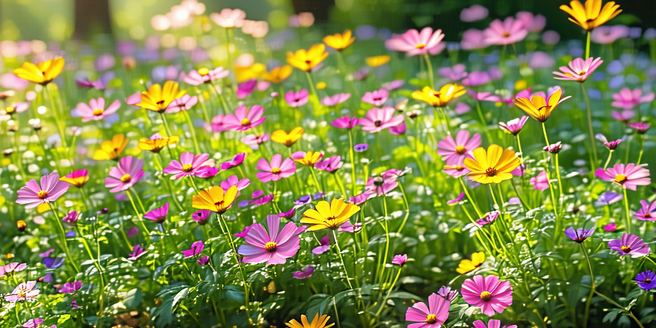
Understanding Heatwave Challenges
In the face of rising temperatures, gardeners must adapt to the unique challenges presented by heatwaves. High temperatures can lead to soil moisture loss, increased evaporation, and plant stress. It’s essential to understand how different plants react to heat and what specific needs emerge. Plants often experience increased transpiration, which can lead to wilting if not managed. Moreover, high temperatures can alter the growth patterns, potentially stunting development. Gardeners should monitor weather forecasts and respond proactively, ensuring that plants receive adequate water and shade. By understanding these challenges, gardeners can implement strategies to mitigate the adverse effects of heatwaves, thus protecting plant health and ensuring continuous growth even during extreme weather conditions.
Selecting Heat-Resilient Plants
Choosing the right plants can greatly enhance the resilience of a garden during heatwaves. Opt for plants that are naturally heat-tolerant and can thrive in high temperatures, such as succulents, lavender, and rosemary. Native plants are also a great choice as they are already adapted to the local climate conditions. Look for varieties that have deep root systems, which help them access water during dry periods. Additionally, plants with smaller or thicker leaves tend to conserve water better, making them ideal for hot climates. Research and select species that are known for their drought tolerance, ensuring they can withstand prolonged periods without rainfall. By selecting heat-resilient plants, gardeners can create a robust garden capable of enduring harsh heat.
Efficient Watering Techniques
Adopting efficient watering techniques is crucial for maintaining a healthy garden during a heatwave. Water early in the morning or late in the evening when temperatures are lower and evaporation rates decrease. This ensures that more water reaches the plant roots rather than evaporating. Implement drip irrigation systems or soaker hoses to deliver water directly to the roots, reducing waste and promoting deeper root growth. Consistently monitoring your garden’s needs can make all the difference during extreme weather conditions. Avoid watering during mid-day, as water droplets can act like magnifying glasses, potentially scorching leaves. Regularly check soil moisture levels to determine the appropriate watering schedule, and adjust based on weather conditions. Efficient watering not only conserves water but also supports plant health amidst rising temperatures.
Creating Shade and Protection
Providing shade and protection is essential in safeguarding plants during extreme heat. Utilize shade cloths or garden netting to shield plants from direct sunlight, reducing stress and preventing sunburn. Position taller plants or erect temporary structures to cast shadows over more sensitive species. Installing drip irrigation systems can also help by delivering moisture directly to the roots, keeping plants hydrated and cool. Optimize natural shade by placing potted plants under trees or alongside taller crops. Avoid pruning during high temperatures, as it exposes more of the plant to sunlight and increases susceptibility to damage. Additionally, consider painting tree trunks white to reflect sunlight and prevent overheating. By creating a cooler microclimate, gardeners can help protect plants from the harsh effects of heatwaves, enhancing their survival and productivity.
Mulching for Moisture Retention
Mulching is a highly effective technique for conserving soil moisture and protecting plants during heatwaves. Apply a layer of organic mulch, such as straw, bark chips, or compost, around the base of plants. This layer helps insulate the soil, reducing temperature fluctuations and minimizing water evaporation. Mulch also suppresses weeds, which would otherwise compete with plants for water. It can also improve soil fertility over time as it breaks down. Ensure that the mulch layer is a few inches thick for optimal effectiveness, and replenish it as needed. Avoid piling mulch against plant stems to prevent rot. By maintaining a consistent layer of mulch, gardeners can significantly enhance the soil’s ability to retain moisture, supporting plant hydration throughout the hottest periods.
